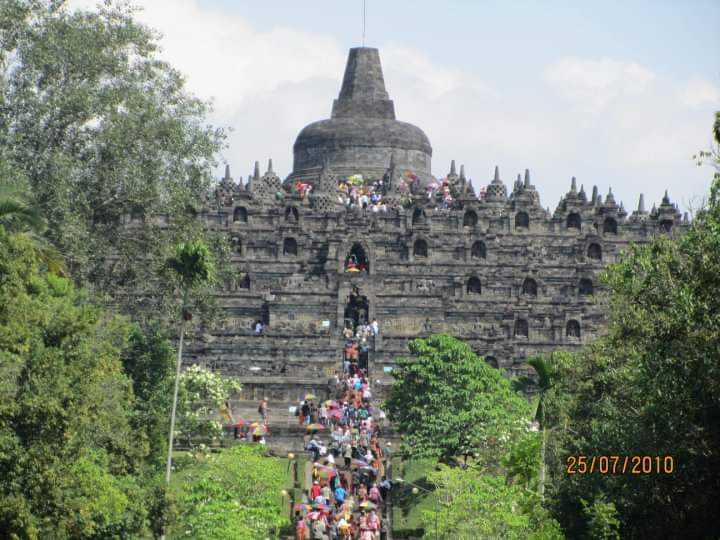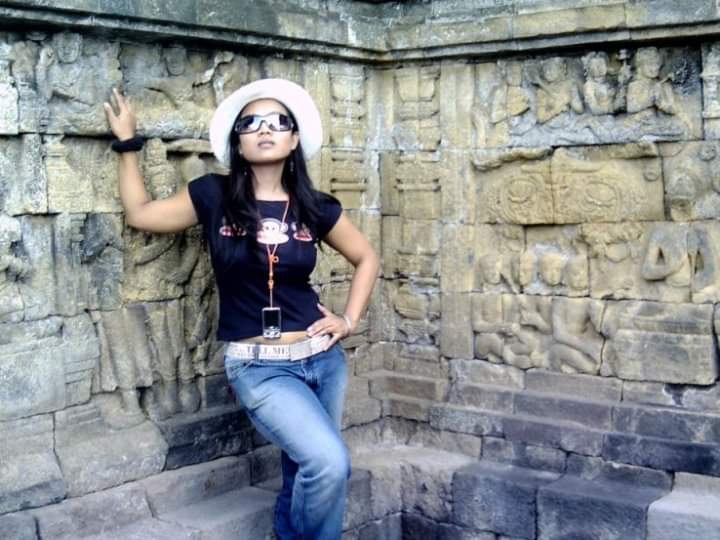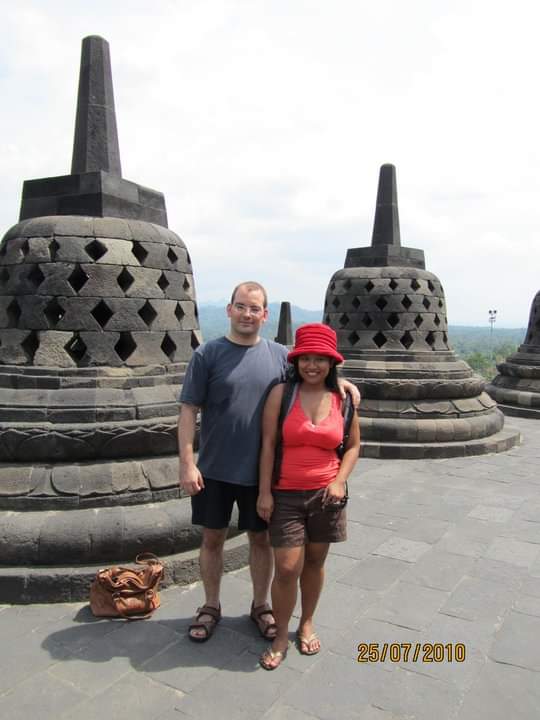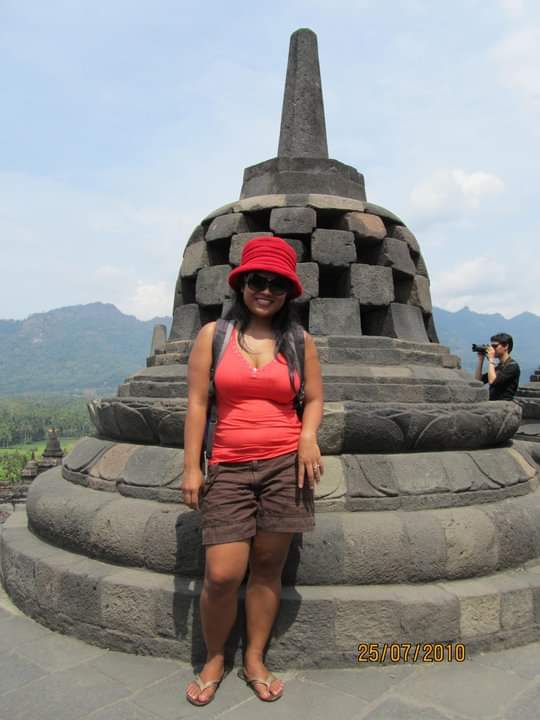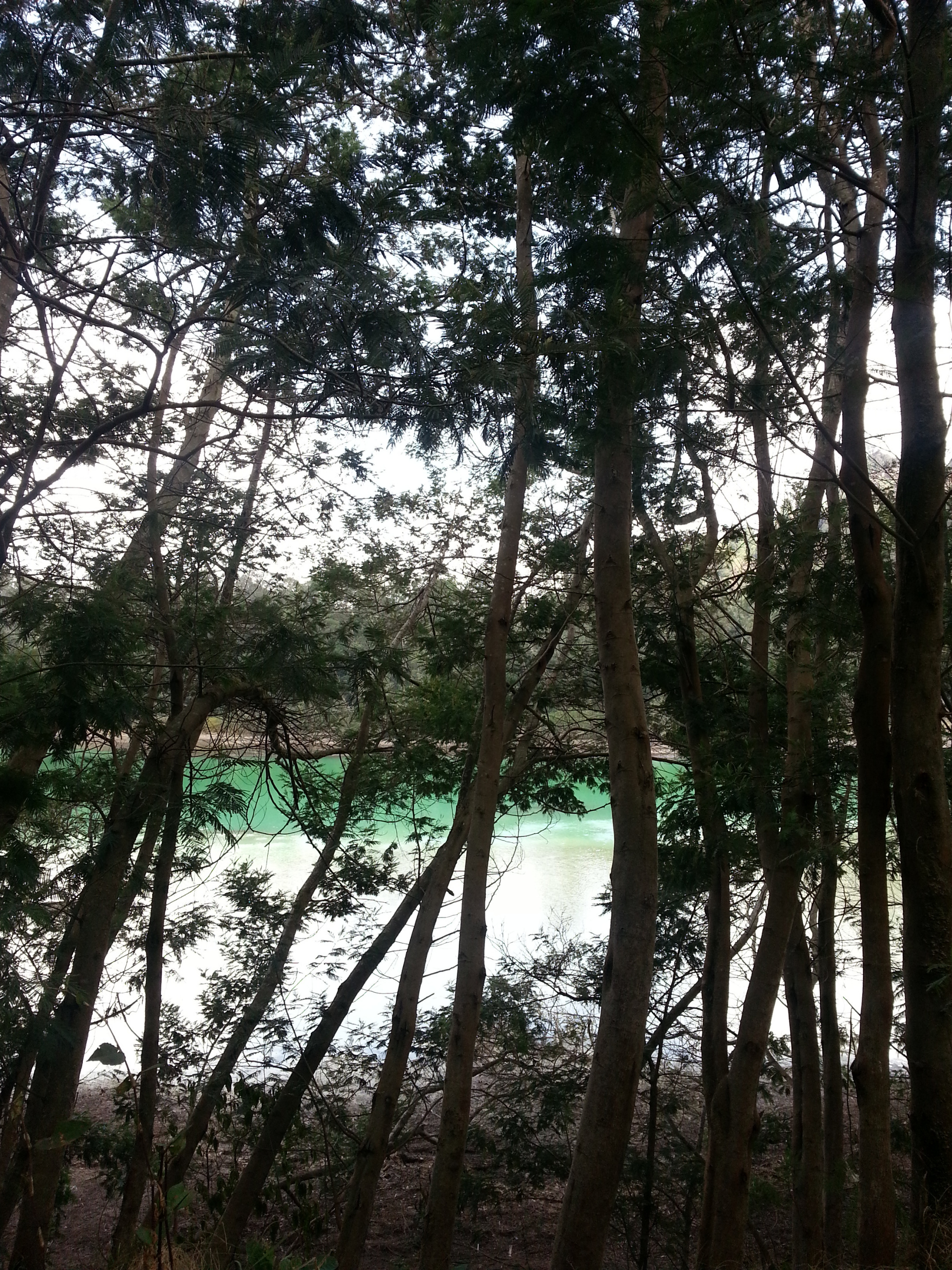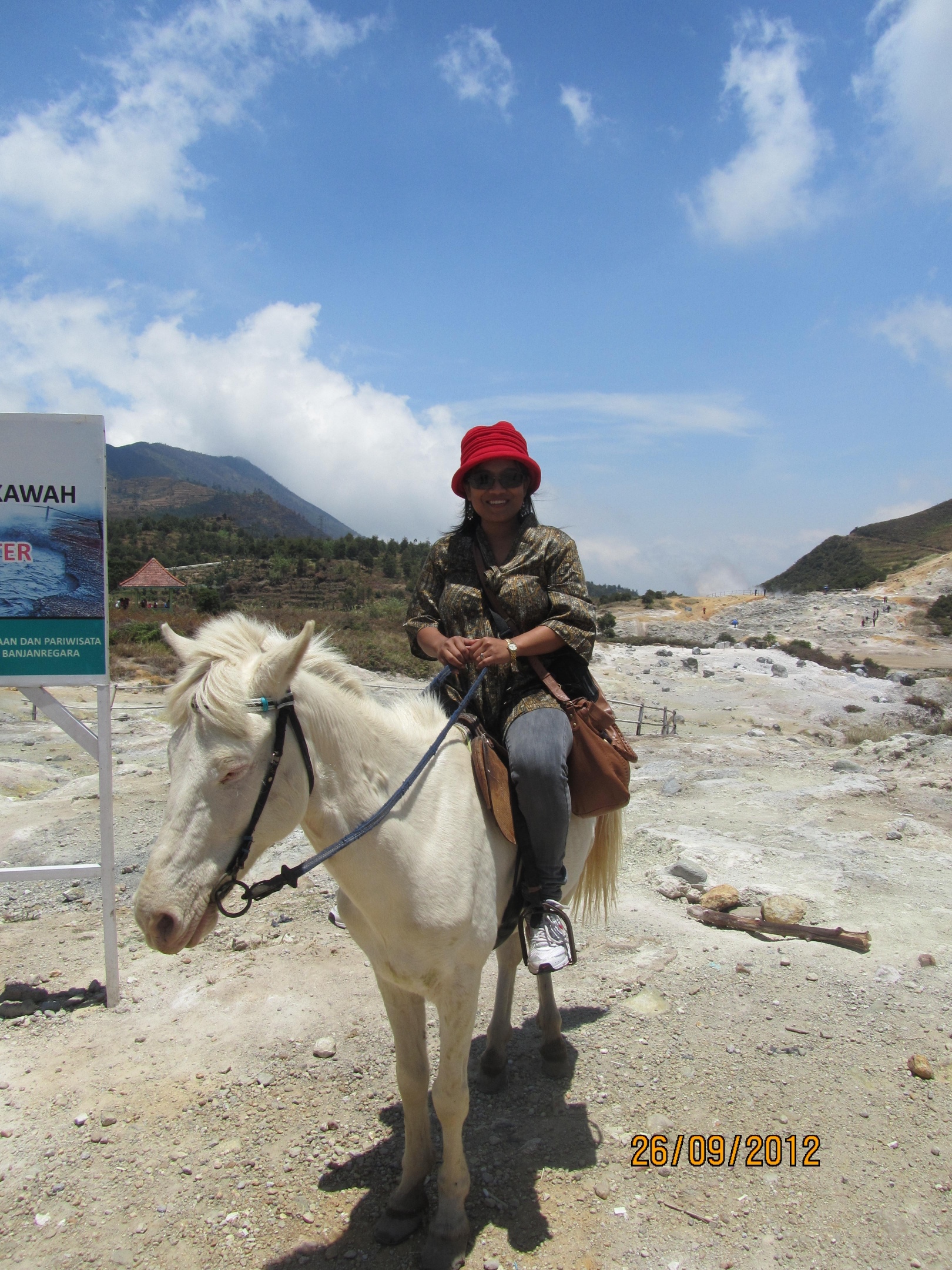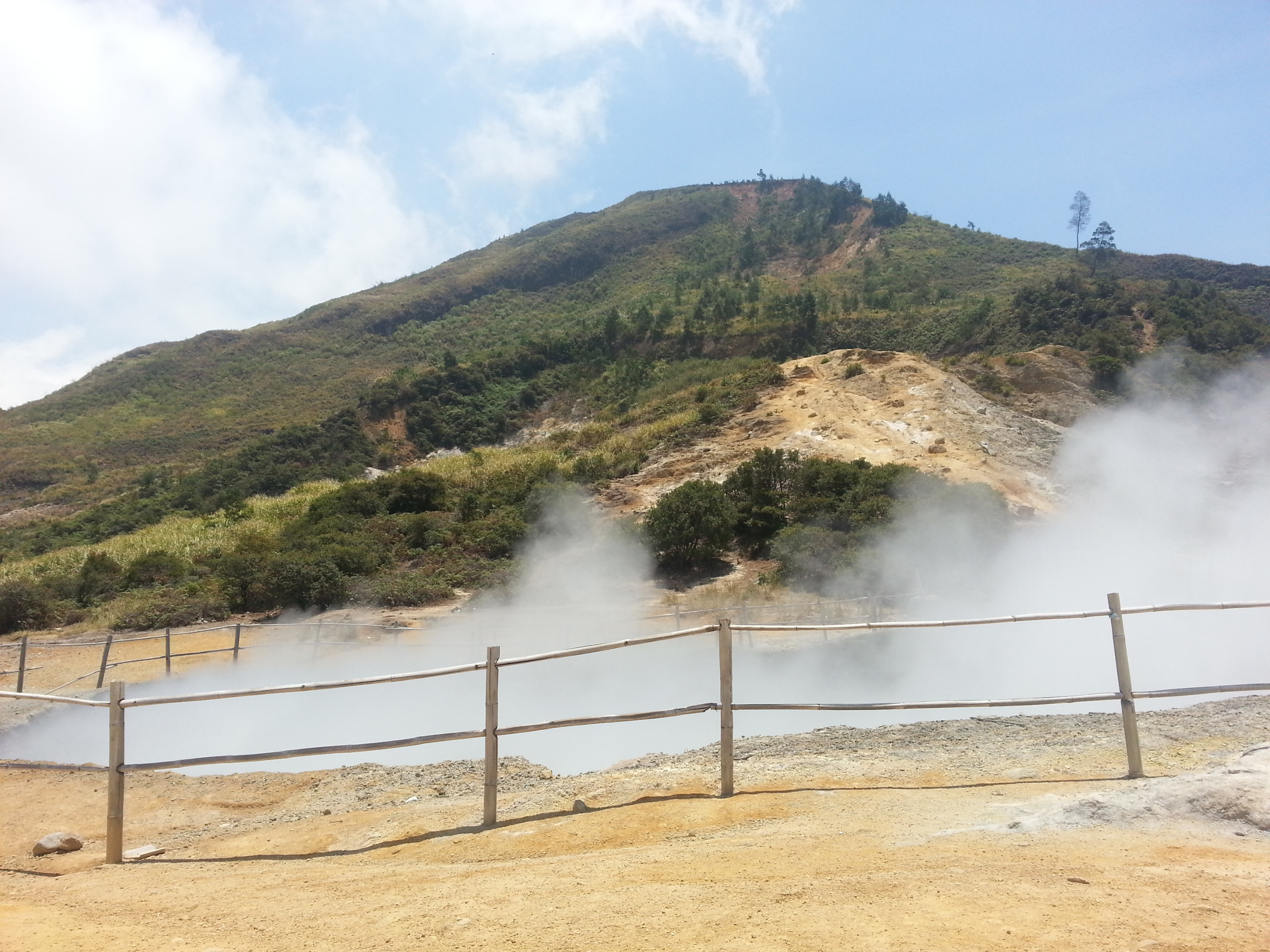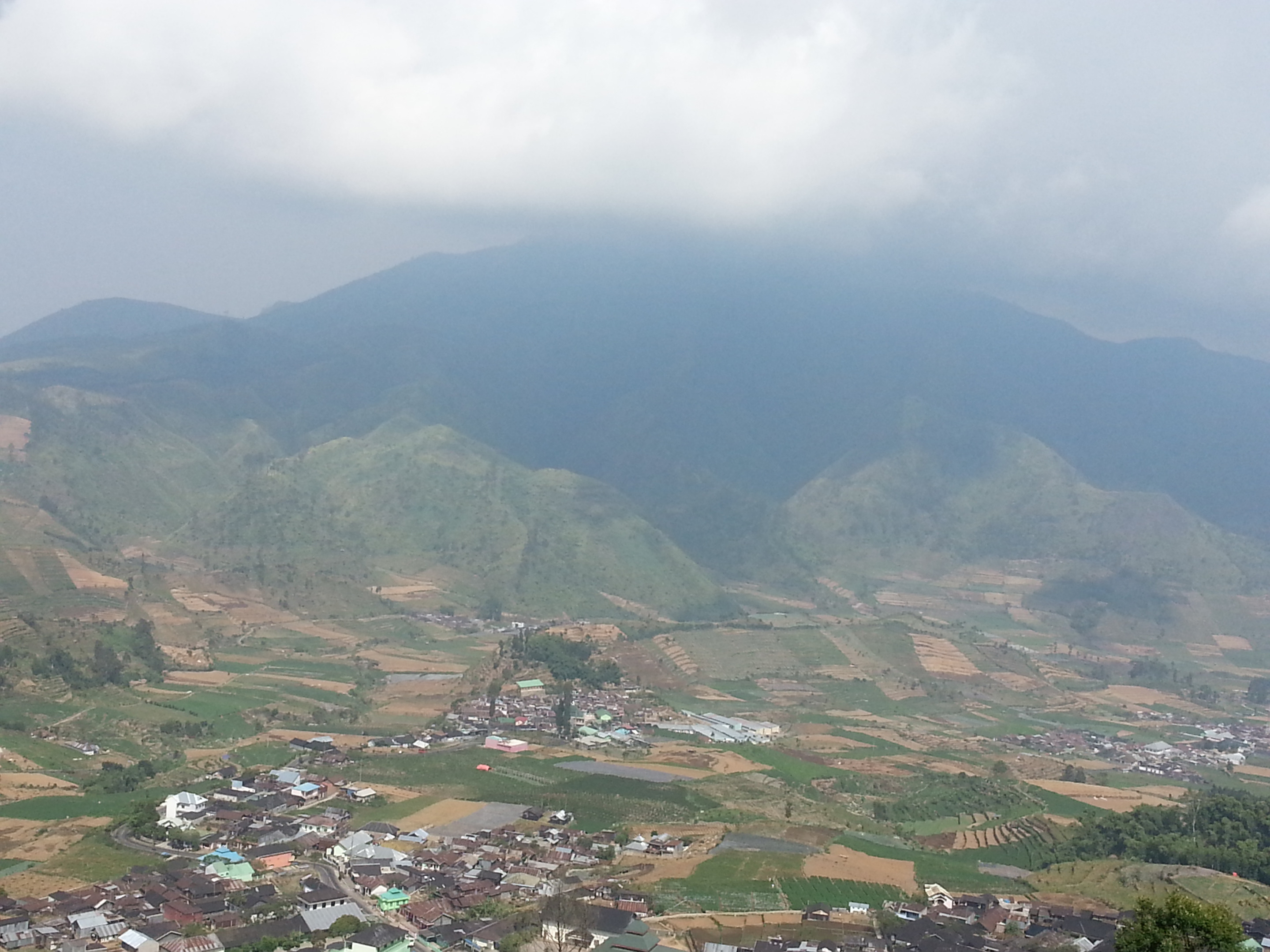All this time I never really take any notice how long I’ve been living in Germany and only start counting whenever someone asks me about it.
I just realised that soon it will be my twelfth year living in Germany.
I never expect that I’d encounter the same problem that got me on my nerves 12 years ago, which intrigued me to write this article.
I had certainly my complains about visa struggles too, but this time I won’t annoy you with that.
I’d write more about the complication brought by the binational marriage instead.
It’s not a relationship problem but more about the legal and bureucracy issues.
Few years ago I had written about this issues roughly and promised to share more detailed story afterwards (it can be read here! )
But I just noticed that I haven’t fulfilled my promise.
Now it seems to be the best time to do it afterall.
Today I’d share a ridiculous story I personally experienced after getting married which is related to the issue number two in my old article mentioned above, namely:
the „Surname“-issue
Indonesia consists of more than 1300 ethnic groups, so they have many different traditions and one of it is the tradition in naming their people. Some of ethnic groups do have the hereditary surname culture, but some others don’t have it.
The javanese folks, for example, do not have that culture.
Yes, there are some noble family clans who give the last name of the father to their children but it is not a tradition which is considered as normal custom for all Javanese. I’m even rather suspicious that those noble families in Java who do it were actually influenced by eurepean culture brought by the Dutch during the colonization era.
Because if we look back at the name of the kings, queen and all their princes and princesses in the annals of history, they didn’t seem to have always use the same last name like their ancestor even if they still belong to the same clan.
Nah… The Javanese have been the dominant tribes in my home country and basically rule the nation by being the majority since so long, so I can imagine that this is the reason why indonesian Law system doesn’t recognise the usage of „surname“ in the way many other nations use it.
Therefore, even if the folks member of: Batak, Ambon, or Indonesians with chinese origin for example, do have the tradition of passing on their last names to their children, those name wouldn’t be treated in front of the law as a surname, but it is simply taken as a part of that person’s name.
Their „family name“ wouldn’t change through marriage/divorce but can only be done with a court edict/order and upon application.
The implication was rather clear: If I want to use my husband’s surname, then I have to go to the court in Indonesia and apply for a name changing procedure. After I get the court order then I can let the civil registry office put the additional name to my ID-card and passport.
This court order document must be attached each time I have the need to use any documents that still put my old name on it to prove my identity.
Really troublesome, right?
Since there is no guarantee that every marriage would only happen once in a lifetime, it would be even more troublesome, if there is a divorce and a remarriage.
Maybe you’d say: „In Germany women do not have to use the husband’s surname anymore. They can keep their own surname.“
That’s correct, however I technically do not have a surname, but everytime you need to apply somethings in Germany you need to fill in a form in which the place reserved for surname can not be left blank. Anywhere else in the world is often analog; when I open the account in Binance it was also an issue.
It’s not so problematic, if we chose to live in Indonesia, but unfortunately I live in Germany.
The potential problems can be really really troublesome, such as:
- Banks tend to be those making real stress whenever we want to withdraw money in a big amount, if the identity are not in sync with some documents. The headache caused by it would be doubled if the bank resides abroad and has no branch in your town, so that it’s even more inconvenient to resolve such issues.
- There were few cases where indonesian mothers were held in the immigration while travelling abroad with her children without her husband, because the children didn’t have the same surname like her so there was a suspicion of kidnapping.
This doesn’t always happen of course, but the possibility exist and I knew some people who experienced this from the mix-marriage community I managed few years back.
Such cases might be avoided if she brought a permission letter signed by the father, but it is still troublesome matters anyway, right?
Moreover, how many people are really aware of possibility that they might be held by immigration from travelling abroad with their own biological children?
Those two example are just few of many more possibilities.
This is why when I married my husband in German’s civil registry office, I signed the declaration that I want to use my husband’s surname.
Another reason which can be the main reason by other indonesian women who took the same choice like I did, namely: because many indonesians who came from humble families often only gave a name to their children which only consist of one word.
My father, uncles and aunts for example only have one single word as a name too, so… what can we take as a „surname“ then??
Now we’d go to the first ridiculous problem arose after I got married :-D.
After I got my marriage certificate, the first thing I did was to go to the indonesian embassy in Frankfurt to register it and to report that I had declared to use german law regarding „surname“,
especially because we wanted to spend our honeymoon abroad, so we need at least an endorsement inside my passport about this.
But then my own embassy made an issue out of this which sounds completely ridiculous.
They said that I lost my name and now I can only use my husband’s last name as an identity LOL.
Let’s say my husband’s surname is „Mustermann“, so now my name is just a single word „Mustermann“, without first name.
My original name consists of 3 words and they are all said to be gone LOL.
I might understand, if they said that they can’t recognise the „the adoption of spouse’s surname“ without a court order, but not the statement that I completely lost my name :-D.
The reason given was that the civil registry officer wrote all 3 words of my name in the spot for „surname“.
However the document only records the spot for the „name“ before and after marriage, so the officer put my whole name there since he couldn’t just leave it blank afterall, otherwise the database software wouldn’t accept that.
But he had already put a note that it was a „Namenskette“ (a chain of name, hence they belong together, there is not distinction between first- and last name).
How could he know that this would cause such a ridiculous problem LOL.
Even when we called him that day, he was confused why the hell I lose my name??
The german officer offered to fax them a kind of written confirmation that I still hold my whole name and only additionally adopted „Mustermann“ to be used as a last name with the legal basis of marrying a „Mustermann“ but my own embassy didn’t want to accept such solution.
In the end I needed to go back empty handed and my passport would only get the endorsement about the usage of the surname after I got an official attestation about my „present legal name“ as a whole according to the german law.
After more than 10 years living here and 2 times of passport replacements, I never expect that I’d meet the analog issue again… sigh.
Few weeks ago I needed a new passport and went to indonesian embassy in Frankfurt again to apply for it. Ten days later my passport was done and finally delivered via Post and I was shocked that there was no endorsement inside my passport about the surname although I had let them especially confirmed that this will be done.
After those heap of papers they can still make mistakes with my name on the passport and I have gone through this issues 3 times already since I had my passport renewed there 2 times.
So I needed to send it back to Frankfurt for correction. The most annoying thing is that I had already made an appointment with the german officer to renew my PR-card.
My resident permit status is already the permanent one, true, but the electronic card is only valid with a valid passport, that’s why I always need to pay the high price for a new e-AT too every 5 years, even if the card originally has 10 years of validity period.
Aside of that I also had another appointments which need the presence of my passport, so I had to make sure that the new passport has already been corrected and come back to me by then.
I actually even planned to apply for a credit card from Binance, but then I had to cancel the application too.
Well… atleast the german officers gave me assurance by phone that I don’t need to worry so much. If my new passport hasn’t arrived yet by the appointment date, we’d just make another appointment and in case there is any urgency of travel I can just take my old card and my old passport and explain the circumstance, if I’m retained by any officers.
There won’t be any serious issue.
If the officer needs more assurance they can just call german immigration for clarification. However she didn’t think such things would happen since it’s obviously written on my card that I have unlimited right to stay here.
Well.. enough ranting for today, pardon me for ruining the mood this weekend LOL.
Have a nice day and thanks for the upvote everyone :)!


 This is one of sunset image at Borobudur, another one I picked up from
This is one of sunset image at Borobudur, another one I picked up from  The rest of the pictures I would attach below are my private collections.
The rest of the pictures I would attach below are my private collections.